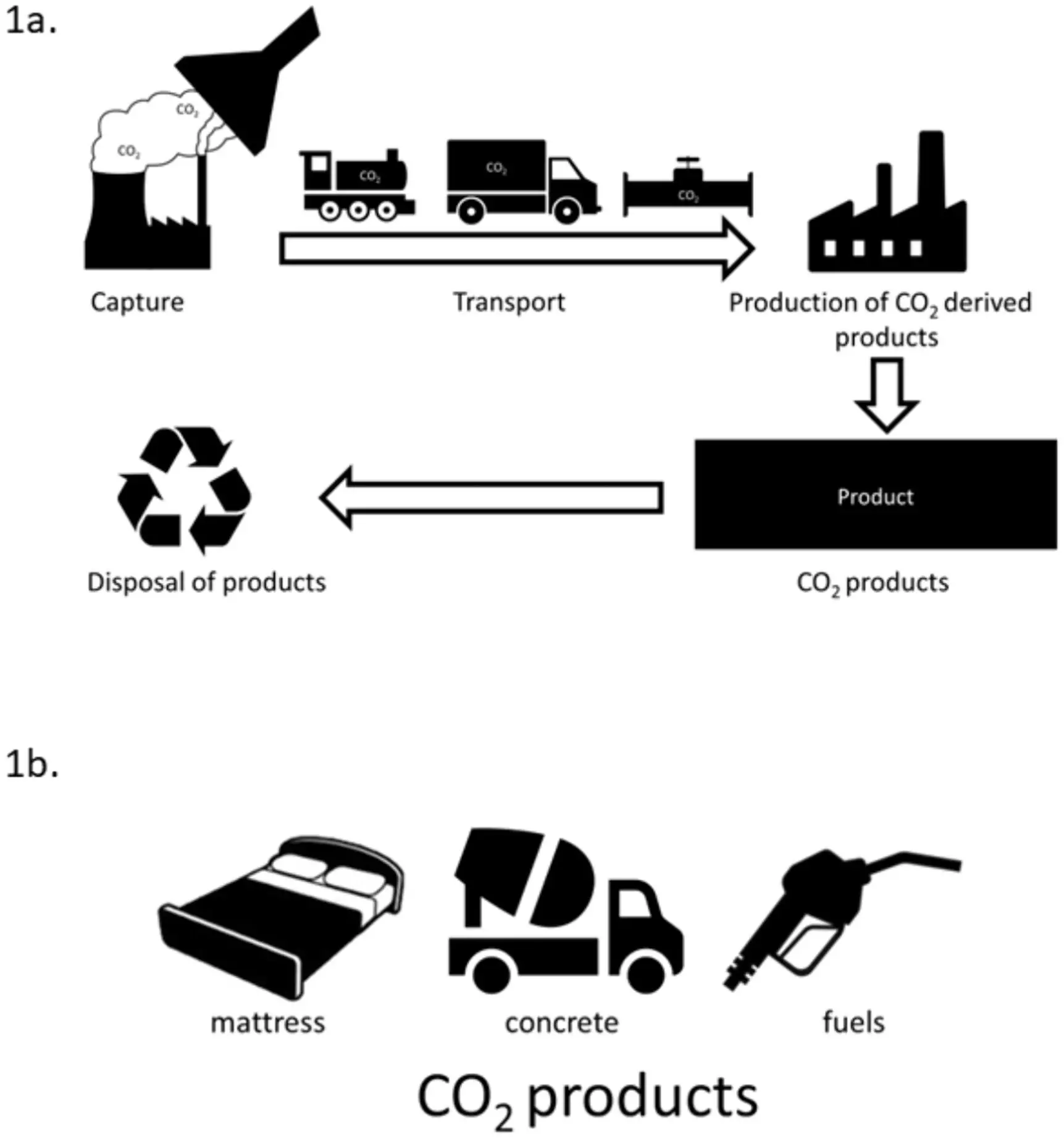The quest to combat global climate change is riddled with challenges, notably the need for public acceptance of innovative technologies. A recent study from the University of Michigan sheds light on how public perception significantly impacts the adoption of various climate change mitigation strategies. Among these strategies is carbon capture and utilization (CCU), a technology aimed at extracting carbon dioxide from the atmosphere and transforming it into valuable commercial products. The research led by Kaitlin Raimi provides an insightful examination of how different demographics view CCU and which aspects garner the most support or resistance.
Public approval is a critical determinant in prioritizing or discarding climate technologies. While the study indicated a generally positive view of CCU among Americans, this support was not uniform. For instance, abstract discussions about the technology garnered enthusiasm, but local implementation raised red flags. It appears that the prospect of CCU becoming a reality in their backyards elicited skepticism and concern. This duality in perception underscores the complexities that surround public sentiment toward environmental technologies.
Carbon capture and utilization holds the promise of mitigating climate change by reducing greenhouse gas emissions and repurposing carbon dioxide into materials that can replace traditional fuels and plastics. However, this process is not without its disadvantages. Many individuals expressed concern over the potential local environmental impacts stemming from CCU facilities, such as altered land use or the risk of CO2 leaks. This wariness points to broader societal issues related to environmental justice, particularly in communities that are already grappling with pollution and other harmful effects of industrial practices.
The study highlights that individuals identifying as environmentalists were more likely to support CCU. In contrast, those who skeptically viewed technology as a disruption to natural processes were less inclined to endorse it. Understanding this spectrum of beliefs is crucial in addressing public concerns effectively while presenting the economic benefits that CCU could potentially provide.
The research further delved into how race, ethnicity, gender, and social identity influence opinions on CCU. Notably, racial minorities exhibited greater concerns regarding local environmental risks compared to their white counterparts. This disparity may be attributed to the disproportionate exposure of these communities to environmental hazards, thus shaping their perceptions more acutely. Furthermore, a gender divide was apparent, as men displayed higher levels of support for CCU and a more optimistic outlook on its potential economic and health advantages.
These demographic factors emphasize the necessity for nuanced communication strategies when discussing climate technologies. A one-size-fits-all approach is insufficient; rather, it is essential to tailor messaging that resonates with the unique experiences and concerns of different community groups.
As the findings of this study reveal, it is vital to incorporate diverse stakeholder perspectives in discussions about CCU deployment and related policies. Inclusivity in decision-making can help alleviate fears and foster trust among communities that may otherwise feel marginalized or voiceless in the face of industrial developments. Effective communication and engagement not only clarify the benefits of CCU but also address the legitimate environmental worries that many hold.
Moreover, it is important to note that the U.S. is trailing behind many European nations in terms of emission mitigation efforts. This delay can partly be attributed to a lack of public concern and understanding of climate change. The research aims to bridge this gap by promoting awareness of climate strategies like CCU and encouraging public dialogue.
While carbon capture and utilization presents a promising avenue for mitigating climate change, its success hinges upon public acceptance. The complex interplay of perceptions rooted in economic benefits, environmental concerns, and demographic realities highlights the need for inclusive problem-solving strategies. As climate change intensifies, fostering dialogue between experts and communities is essential to create a shared vision for sustainable progress. Only through collaborative engagement can we hope to navigate the multifaceted challenges of climate change and ultimately achieve a healthier planet for all.


Leave a Reply